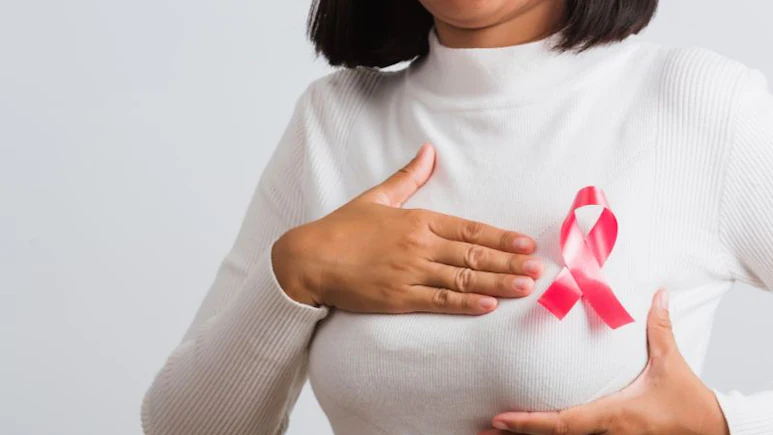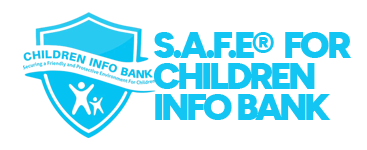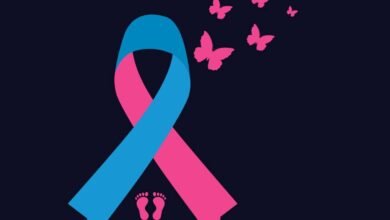Pink October: Turning Awareness into Action in the Global Fight Against Breast Cancer

Every October, cities across the world turn pink, buildings are lit up, ribbons are pinned, and conversations begin anew about one of the most critical health challenges facing women today: breast cancer. Since the 1980s, Breast Cancer Awareness Month, often called “Pink October,” has been celebrated to raise awareness about prevention, early detection, and treatment.
How “Pink October” Began
National Breast Cancer Awareness Month (NBCAM) was first observed in 1985, launched through a partnership between the American Cancer Society and the pharmaceutical division of Imperial Chemical Industries (now part of AstraZeneca, producer of several breast cancer drugs).
The aim was simple but urgent: promote mammography as the most effective tool for early detection and reduce breast cancer deaths. Since then, the pink ribbon has become an international emblem of hope and advocacy, uniting survivors, researchers, and families across continents.
Where We Stand Today
Breast cancer is now the most commonly diagnosed cancer in the world, surpassing lung cancer. According to the World Health Organization (WHO, 2023):
-
In 2022, there were an estimated 2.3 million new breast cancer cases and 670,000 deaths globally.
-
It accounts for 1 in every 4 cancers diagnosed among women worldwide.
-
Survival rates vary dramatically depending on region higher than 90% in high-income countries, but below 40% in many low- and middle-income countries.
This means where a woman lives often determines whether she survives.
Regional Realities: A Global Inequality
North America
The United States has one of the most extensive screening networks in the world.
- About 297,800 new cases of invasive breast cancer were diagnosed in U.S. women in 2023, with approximately 43,000 deaths (American Cancer Society).
- The 5-year survival rate now exceeds 90%, thanks to early detection and advanced treatment.
- Yet, disparities persist, Black women are 40% more likely to die from breast cancer than white women, despite similar incidence rates. Socioeconomic barriers, delayed diagnosis, and differences in tumour biology contribute to this gap.
Africa
In Africa, the situation is far more dire.
- According to Globocan 2022, breast cancer is now the most common cancer among African women, accounting for about 186,600 new cases and 85,800 deaths each year.
- Most patients are diagnosed at late stages (Stage III or IV), when treatment is less effective.
- Contributing factors include limited access to screening, shortage of oncologists, high treatment costs, cultural stigma, and myths surrounding breast cancer.
In Nigeria, for instance, only 1 in 10 women who develop breast cancer survive beyond five years, a stark contrast to survival rates above 85% in the U.S. or Europe.
Asia
Asia accounts for almost half of the world’s breast cancer cases, driven by its large population and increasing urbanization.
- India now records over 230,000 new cases annually, with one death for every two diagnoses, largely due to late detection.
- China reports around 420,000 new cases each year, the highest in Asia though survival is improving with urban screening programs.
- In Southeast Asia, stigma, poverty, and limited awareness continue to fuel delayed diagnosis, while younger age at onset (40s and 50s) presents additional challenges.
Europe
Europe has some of the most advanced screening programs and research funding worldwide.
- Around 530,000 new cases and 140,000 deaths occur annually (European Cancer Information System, 2023).
- Many European countries offer national mammography programs for women aged 45–74.
- However, Eastern Europe still lags behind Western nations in early detection and treatment availability.
Latin America and the Caribbean
Breast cancer is the leading cause of cancer death among women in Latin America.
- WHO/PAHO (2023) estimates over 210,000 new cases and 52,000 deaths annually.
- Late-stage diagnosis is common, especially in rural and low-income areas.
- Brazil, Mexico, and Argentina are now expanding public mammography programs to close the gap.
Why Mammograms Matter
Mammography remains the gold standard for detecting breast cancer early, often before any lump is felt.
Large studies show that routine mammograms reduce deaths by 20–40% in women aged 40–74.
While screening intervals differ by country, most global guidelines recommend:
- Every 1–2 years from age 40–74 for average-risk women.
- Earlier and more frequent screening for high-risk women (family history, BRCA mutations, or previous chest radiation).
A mammogram can detect a tumour up to two years before it can be felt, significantly improving survival chances.
Fear, Stigma, and the Silent Barrier
Despite medical progress, emotional barriers still prevent many women from being screened. Fear of pain, fear of results, embarrassment, or cultural silence around women’s bodies remain powerful deterrents.
In some African and Asian societies, breast cancer is still whispered about, associated with curses, shame, or fatalism. Many women wait until a visible lump appears, often when the disease has already spread. Addressing these fears through education, survivor stories, and community-based outreach is as vital as the medical technology itself.
How to Prepare for a Mammogram
- Book a trusted centre: Choose a reputable imaging facility with experienced radiologists.
- Schedule wisely: If you have menstrual cycles, go about a week after your period.
- Avoid lotions or deodorant on the day.
- Wear a two-piece outfit for convenience and comfort.
- Bring past mammograms for comparison.
Afterward:
- If results are normal, continue routine screening.
- If abnormal, do not panic, most follow-ups are not cancer but require timely checks.
The Risks and Why They are Worth It
- Radiation exposure: Minimal; outweighed by benefits.
- False positives: May lead to additional tests, but ensure accuracy.
- Over-diagnosis: Some slow-growing lesions may never cause harm, but medical teams aim to balance caution with evidence.
Three Things Every Woman Should Do This October
1. Perform a Self-Breast Examination Monthly
Stand before a mirror, look for changes, dimpling, swelling, discharge, or lumps. Feel systematically across both breasts. If you notice anything unusual, see a clinician for a Clinical Breast Examination (CBE). Awareness begins with you.
2. Get Screened from Age 40 (or Earlier if High-Risk)
If you are 40 or older, schedule your mammogram. If you have a family history or BRCA gene mutations, consult your doctor about earlier or more frequent screening.
3. Support Awareness and Access
Donate, volunteer, or simply share accurate information. Every act from sponsoring a woman’s screening to speaking openly about breast health, breaks silence and saves lives.
Conclusion
In 2022 alone, breast cancer claimed 670,000 lives worldwide. That’s nearly 1,800 women every day. But survival is possible and improving wherever awareness leads to action, screening, and timely treatment. This Pink October, let’s move beyond pink ribbons to practical change: lets talk about breast health, lets encourage screening, lets demand equitable access to cancer care for all women





